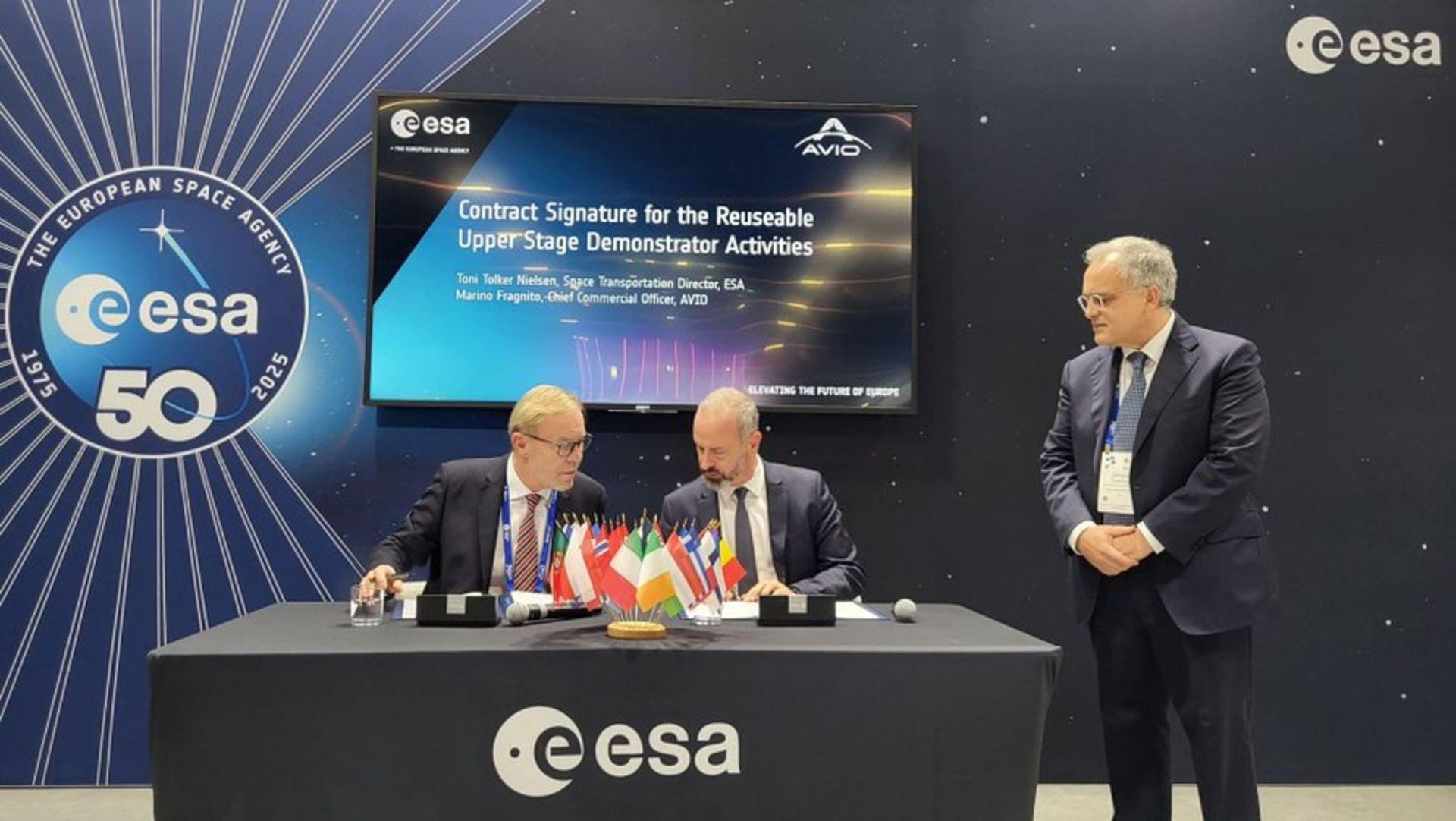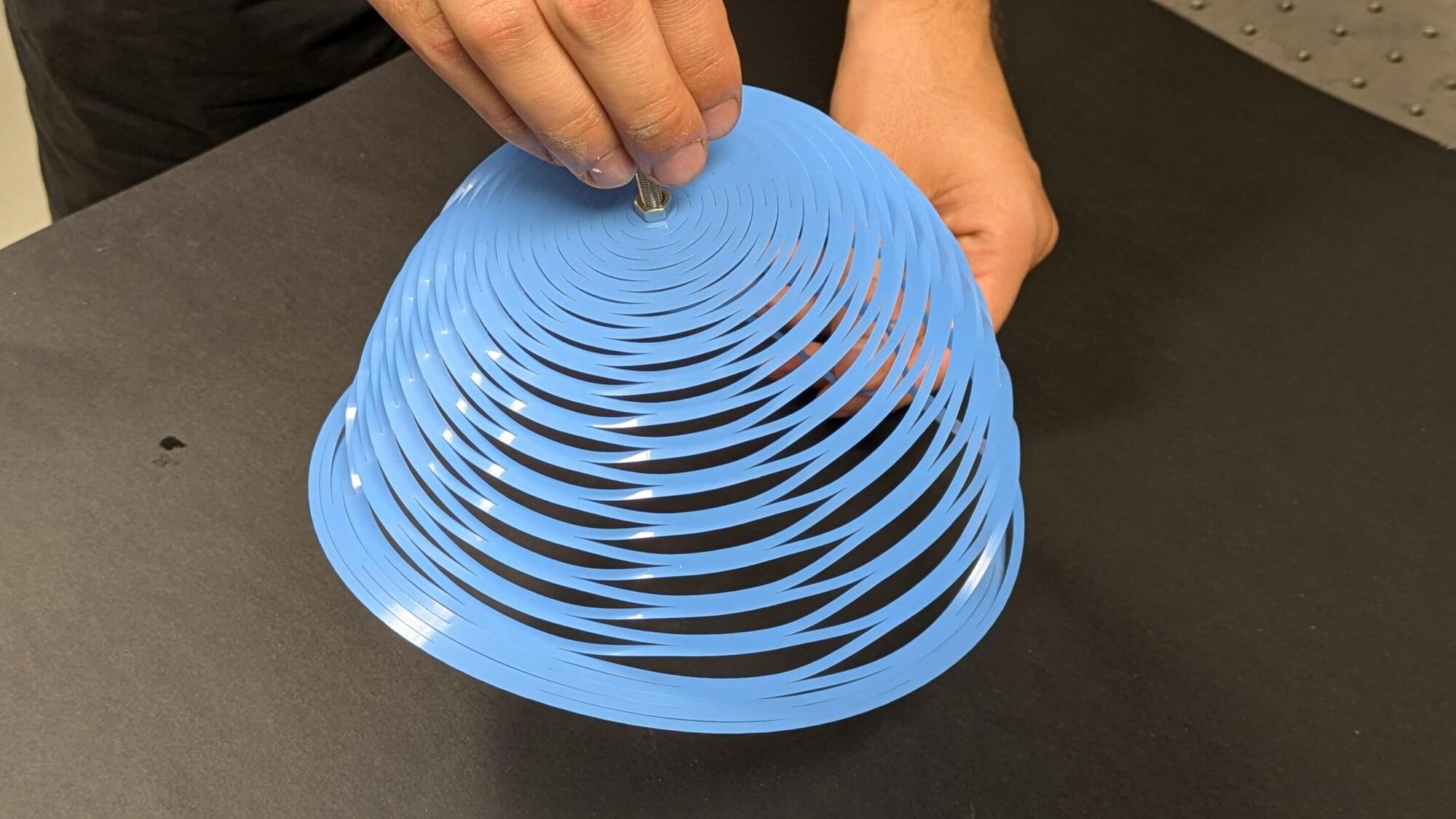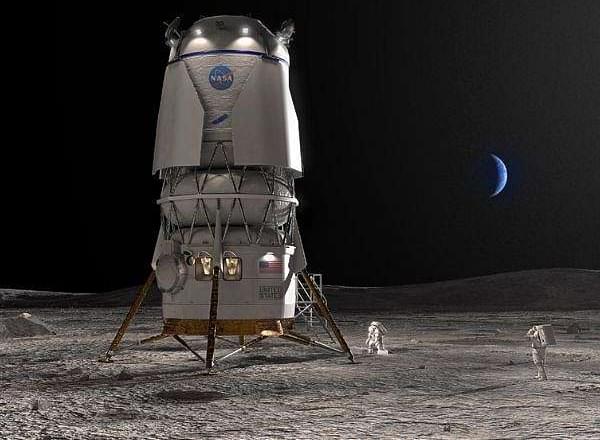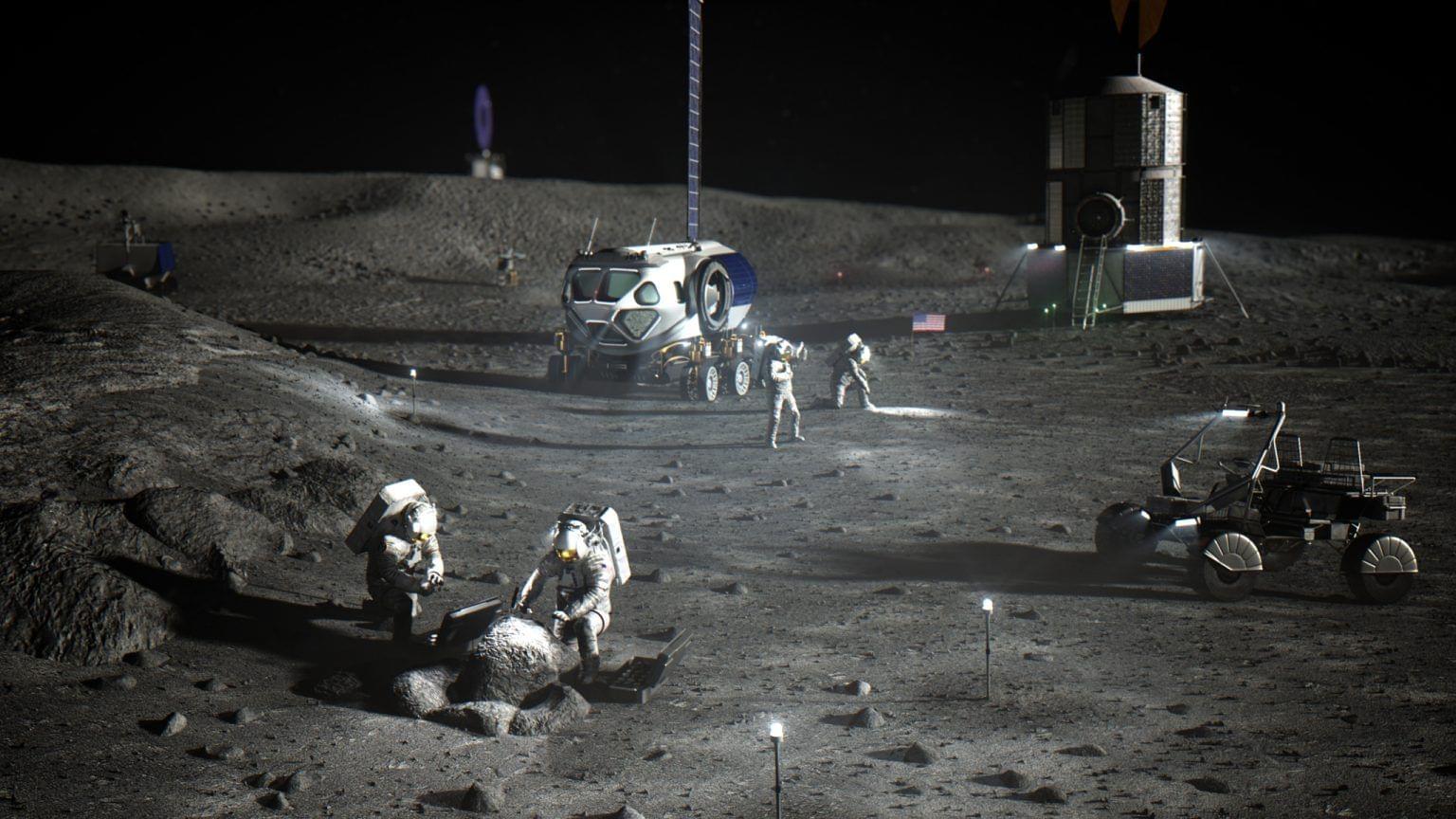Firefly Aerospace is buying defense technology contractor SciTec for $855 million to beef up its national security offering.




A team of engineers from Polytechnique Montréal report a new and unique parachute concept inspired by the Japanese art of kirigami today in Nature. This simple, robust and low-cost approach has a wide variety of potential applications ranging from humanitarian aid to space exploration.
Kirigami is a technique that modifies the mechanical properties of a sheet of material by making precise folds and cuts to it. Children use it to make snowflakes out of paper, and engineers have used it to create extensible structures, flexible medical devices and deployable spatial structures. However, kirigami techniques have never been applied to parachute production.
The Polytechnique Montréal research team has now changed all that.

NASA has launched the 2026 Human Lander Challenge, inviting U.S.-based university students to propose fresh concepts for life support and environmental systems vital to long-duration spaceflight. The program, part of the Artemis campaign, focuses on advancing Environmental Control and Life Support System (ECLSS) technologies needed to sustain astronauts on the Moon and future missions to Mars.
The challenge seeks undergraduate and graduate teams to design systems-level solutions across four subtopics: noise control, sensor reduction in health monitoring hardware, potable water dispensing, and fluid transfer between lunar or Martian surface assets. Proposals must improve ECLSS reliability in areas such as air, water, and waste management.
“A robust ECLSS transforms a spacecraft like a lander from just hardware into a livable environment, providing breathable air, clean water, and safe conditions for astronauts as they explore the Moon,” said Kevin Gutierrez, acting office manager for the Human Landing Systems Missions Systems Management Office at NASA Marshall. “Without ECLSS we can’t sustain human presence on the Moon or take the next steps toward Mars. The subtopics in the 2026 Human Lander Challenge reflect opportunities for students to support the future of human spaceflight.”


Recognizing that space is now an integral component of present-day society, the Royal Society (the U.K. academy of sciences) has recently completed a report that explores the potential implications of space activities by 2075, aiming to stimulate discussion without predicting specific outcomes. It highlights the transformative impact of space exploration on industry, society and culture, comparable to the Industrial and Digital Revolutions. The goal is to prepare governments, regulators and society in general for the opportunities and risks space presents — it does not attempt to predict the future (that would indeed be unwise!) or to recommend a particular course of action, but rather to present the direction of travel and where that might lead.
Historically, humanity has progressively expanded from land to sea, air and now into outer space.

A material whose dielectric properties vary in time could produce exotic light-emission phenomena in a nearby atom, theorists predict.
Traditional photonic technologies rely on mirrors, lenses, and diffraction gratings to shape light as it travels through a medium. Recent advances in material science have opened a strikingly different route. Instead of sculpting material properties in space, researchers can now dynamically modulate them in time [1]. Such temporal modulation transforms a passive medium into an active one, as the act of modulation itself can inject or extract energy. Adding a temporal dimension to material design confronts long-standing notions of light–matter interactions and reveals phenomena with no static counterpart. Now Bumki Min of the Korea Advanced Institute of Science and Technology (KAIST) and his collaborators have exploited this capability to reshape the photonic density of states (DOS), which quantifies the number of available optical modes into which light can be emitted [2].
Synthetic biology offers a toolkit to engineer microbes capable of surviving in outer space and for biomanufacturing materials to support astronauts on long missions.

The first astronauts set to fly to the Moon in more than 50 years will do so in Integrity.
NASA’s Artemis II crew revealed Integrity as the name of their Orion spacecraft during a news conference on Wednesday at the Johnson Space Center in Houston.
“We thought, as a crew, we need to name this spacecraft. We need to have a name for the Orion spacecraft that we’re going to ride this magical mission on,” said Reid Wiseman, commander of the Artemis II mission.

Usually when an alchemist shows up promising to turn rocks into gold, you should run the other way. Sure, rocket fuel isn’t gold, but on the moon it’s worth more than its weight in the yellow stuff. So there would be reason to be skeptical if this “Blue Alchemist” was actually an alchemist, and not a chemical reactor under development by the Blue Origin corporation.
The chemistry in question is quite simple, really: take moon dust, which is rich in aluminum silicate minerals, and melt the stuff. Then it’s just a matter of electrolysis to split the elements, collecting the gaseous oxygen for use in your rockets. So: moon dust to air and metals, just add power. Lots and lots of power.
Melting rock takes a lot of temperature, and the molten rock doesn’t electrolyse quite as easily as the water we’re more familiar with splitting. Still, it’s very doable; this is how aluminum is produced on Earth, though notably not from the sorts of minerals you find in moon dust. Given the image accompanying the press release, perhaps on the moon the old expression will be modified to “make oxygen while the sun shines”